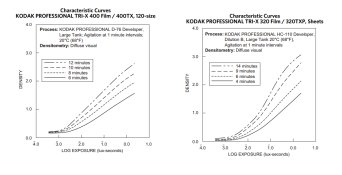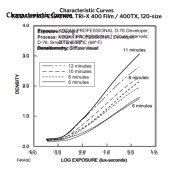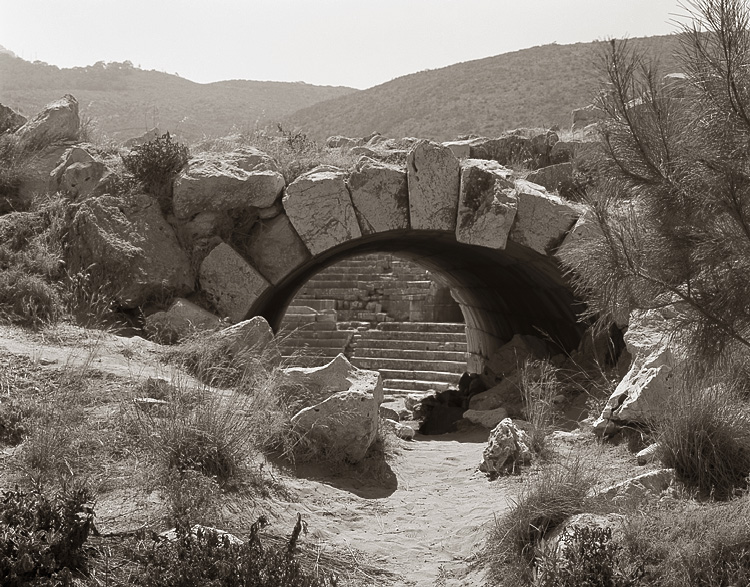Has nothing to do with speed; curve shape is affected. TMax RS will give the straightest line, but it's now discontinued
TMax RS is not discontued,
https://www.bhphotovideo.com/c/buy/TMax_RS/Ntt/TMax+RS/N/0 , but the small bottle is "Store Pickup Only"
You may also use the non replenishment version "non RS" TMax developer that's the same result, but it is not recommended by kodak for sheets because it may deliver dichroic fog in some cases (Water kind? Agitation?), but reportedly some people use it without problems with sheets.
Both TMax emulsions are remarkable for the degree the curve can be manipulated depending on specific developer regimen.
You can do the same with any regular BW film in a similar way, if you make the calibration curves and you'll see it.
TMX and TMY are fantastic films, but for sheets price is crazy high for me, so I discovered how to empower HP5 to do the same. In rolls I use both kodak and ilford, but with announced price increases I will think it.
But I use pyro for general shooting.
TMX / Y are not much shouldered in the highlights, with the risk of reaching too high densities in the highlights that are difficult to print optically.
Then a pyro dveloper may be benefical to solve that problem, as high densities in pyro have an strong stain then more blue light is selectively blocked in the highlights, if you print in VC paper then highlights are printed with a lower contrast grade, this helps depicting textures in the TMax highlights.
Still it has no sense praising TMax linearity in the highlights if later having to use pyro to shoulder the response on VC paper.
Film linearity it is a great feature, but also it is an S curve. YMMV.









